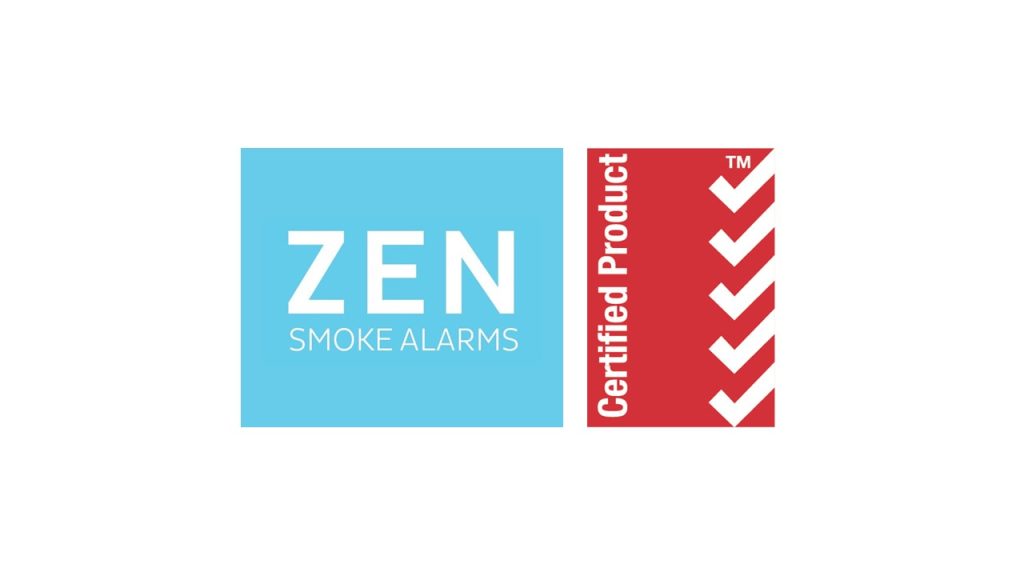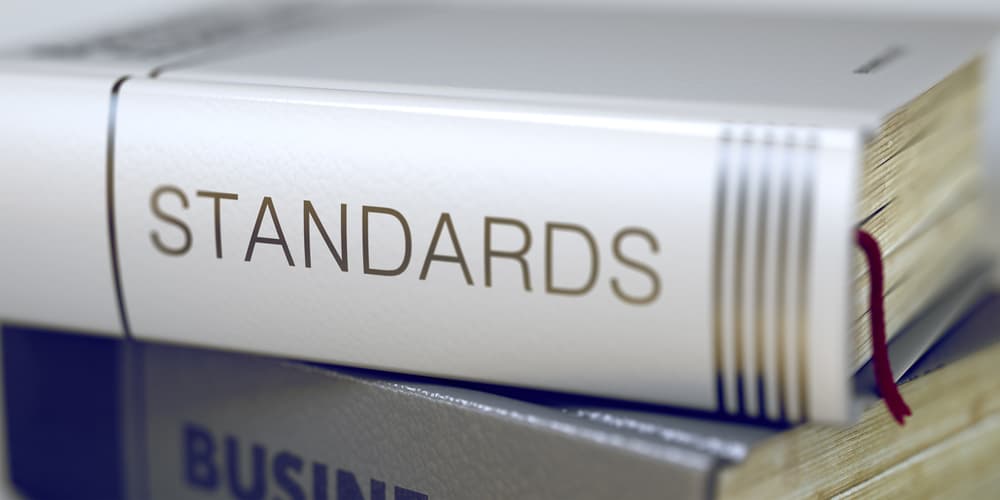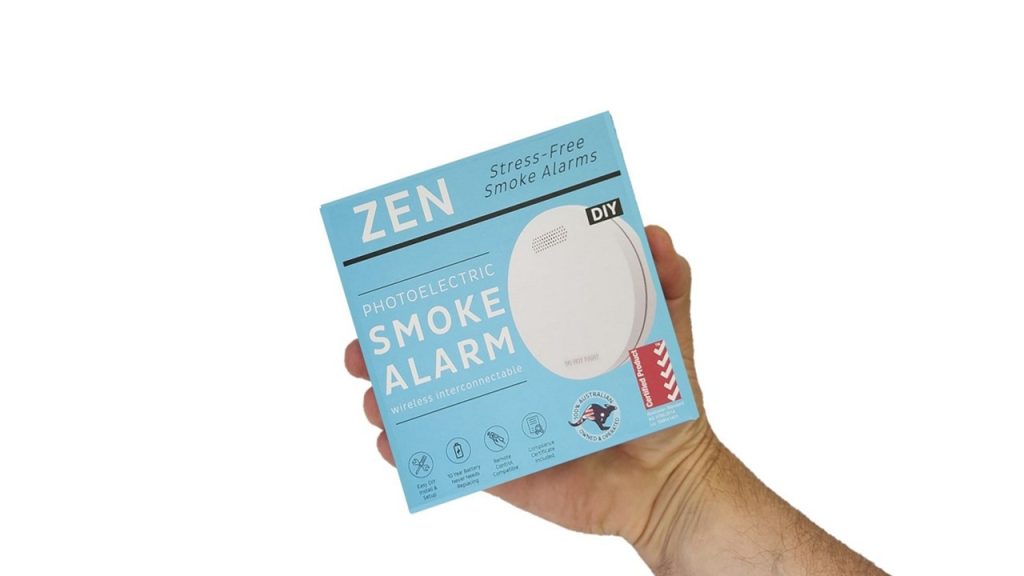Tag Archives: AS 3786:2014
The Truth About Interconnected Smoke Detectors And Australian Standard Certification – 3 Big Secrets Smoke Alarm Retailers Won’t Tell You!
When it comes to protecting your home and family, choosing the right smoke alarm is key. Not all smoke alarms are created equal, and ma...
Australian Standard for Smoke Alarms 3786:2014 Is Superseded – What Does New Australian Standard 3786:2023 Mean For Home Owners?
A new Australian Standard for smoke alarms, Australian Standard 3786:2023, was published by the Standards Australia Committee on Februa...
Are Your Interconnected Smoke Detectors Truly Australian Standard 3786:2014 Compliant?
Interconnected Smoke Detectors
And Australian Standard 3786:2014
Before buying interconnected smoke detectors you should do y...
Your Interconnected Fire Alarm: 4 Top Secrets About The Australian Standard
Australian Standard 3786:2014 - Smoke Alarms Using
Scattered Light, Transmitted Light or Ionization
All photoelectric interco...




